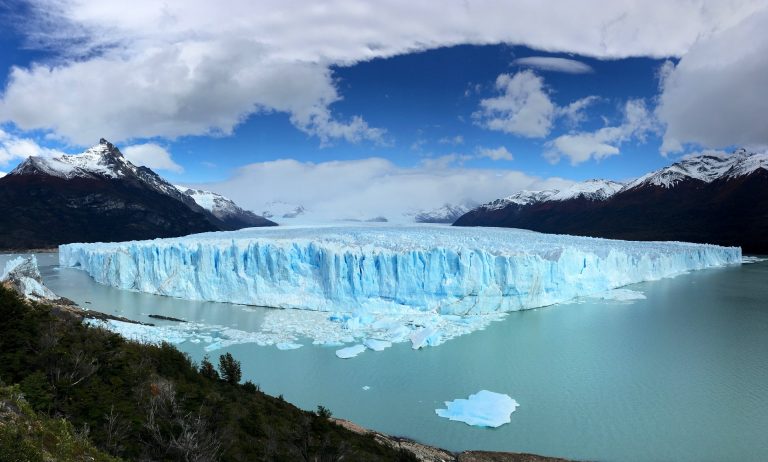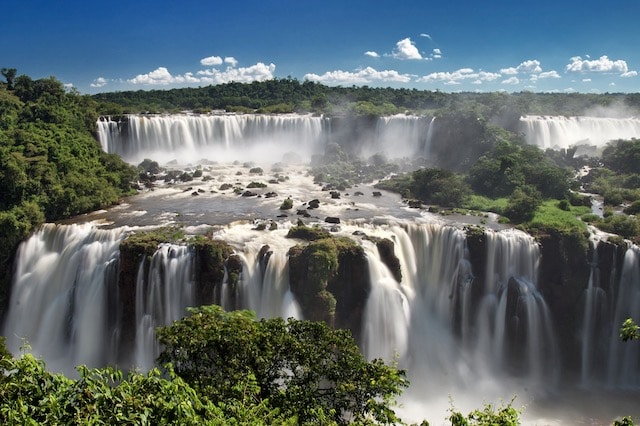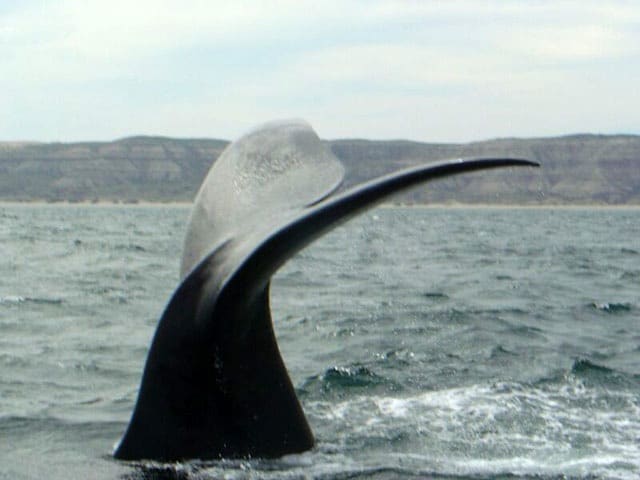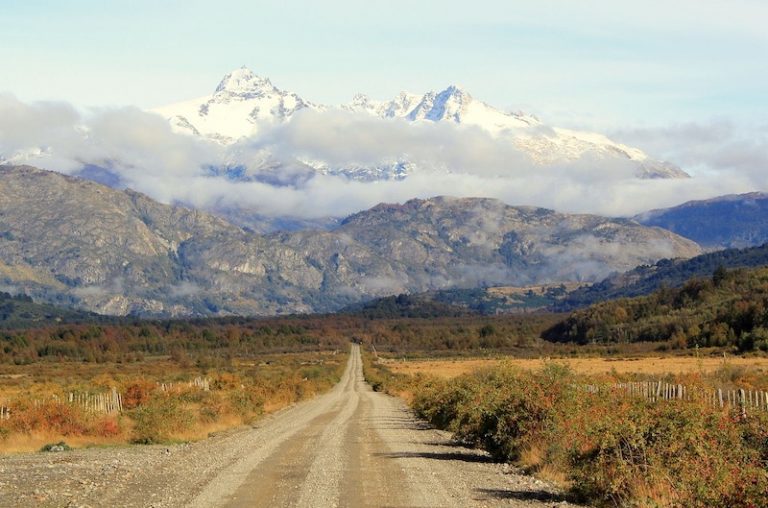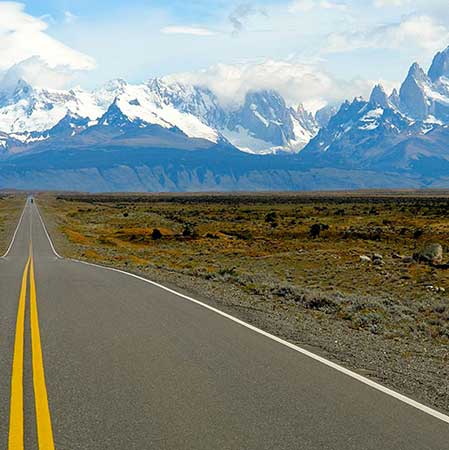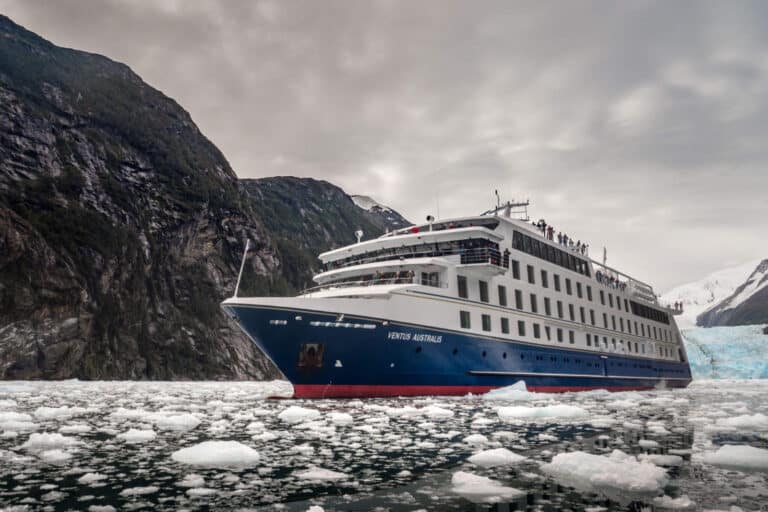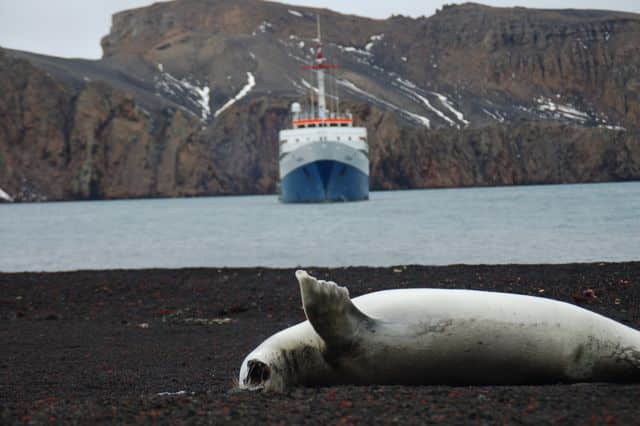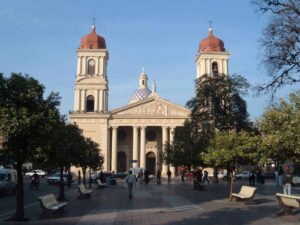Where is Tucumán, Argentina, a hidden gem in the heart of the country. This picturesque region offers an enchanting mix of breathtaking scenery, cultural richness and endless opportunities for adventure lovers.
In this complete guide, we will explore the geographical and climatic characteristics that make Tucumán a unique destination.
Discover the wonders of this diverse province and unveil a wealth of exciting activities to enjoy during your visit.
Where Tucumán is located
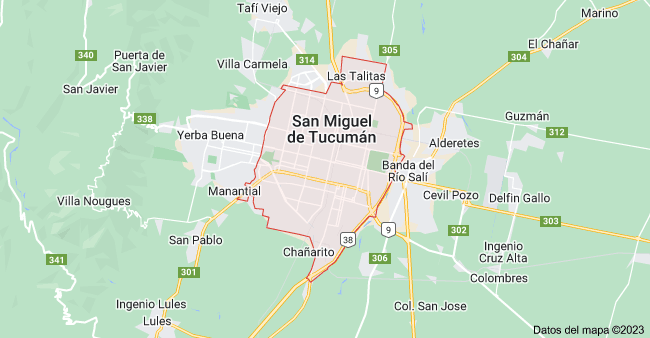
Tucumán is one of the most interesting provinces of Argentina, located in the northwest of the country. It borders Salta to the west, Santiago del Estero to the east and Catamarca to the south.
The province of Tucumán is located in northwestern Argentina and has diverse geographic and climatic characteristics.
Its western edge is occupied by the Sierra del Aconquija, a mountain range that is part of the Andes Mountains.
These mountains have a northeast-southwest orientation and reach considerable altitudes, ranging from 8,000 to 18,000 feet (approximately 2,400 to 5,500 meters) above sea level.
This mountainous region receives warm and humid winds from the east, which causes abundant rainfall. The rains give rise to a network of streams that flow down from the mountains and join the Sali River.
The eastern part of the province contrasts with the mountainous area, as it is a fertile alluvial plain, suitable for agriculture. Irrigation in this plain is facilitated by streams coming from the mountains, and because it is generally frost-free, it is conducive to crop development.
In economic terms, sugarcane is the most important agricultural crop in the irrigated areas of Tucumán, having been introduced at the beginning of the 19th century.
In addition to sugar cane, other crops such as beans, lemons, potatoes, tobacco and grains are grown. The province is also involved in livestock and forestry activities.
Sugar cane and other agricultural products are transported by local railroads, and the city of San Miguel de Tucumán is the main urban center of the province, where national railroads converge.
The province of Tucumán is rich in archaeological heritage, and in the Tafí Valley, located in the western mountains, there are many menhirs, which are prehistoric carved standing stones.
In terms of population, according to 2001 figures, the province had a population of approximately 1,338,523 inhabitants, while by 2010, the population had increased to approximately 1,448,188 inhabitants.
The province’s central location makes it easily accessible, with several transportation options available to tourists.
What is the climate like where Tucumán is located?
Tucumán enjoys a diverse climate due to its different altitudes. The eastern lowlands have a subtropical climate with hot summers and mild winters, making it a perfect escape during the cold months.
As you venture west towards the foothills of the Andes, the climate becomes more temperate, with cooler temperatures and refreshing breezes.
The higher elevations of the Andes have a mountain climate, with cooler temperatures throughout the year.
How is the geographical diversity where Tucumán is located?

Tucumán boasts an impressive variety of landscapes that satisfy the preferences of every traveler. From lush valleys to rugged mountainous terrain, this province has it all.
The Tafi Valley, surrounded by the Aconquija Mountains, is a paradise for nature lovers. The Quilmes Ruins, located atop a hill, offer a glimpse into the region’s rich historical past.
Culture where Tucumán is
Beyond its natural wonders, Tucumán embraces a vibrant cultural heritage. The capital city, San Miguel de Tucumán, is steeped in history and proudly displays colonial architecture, such as the Casa de Tucumán, where Argentina’s declaration of independence was signed.
Experience local hospitality and immerse yourself in traditional music, dance and crafts at various festivals and markets.
What to see where Tucumán is located
Cerro San Javier:
Embark on a challenging hike to Cerro San Javier, the highest peak of the Aconquija mountain range, to enjoy breathtaking panoramic views of the surrounding landscapes.
Los Sosa River Circuit:
Enjoy a day of outdoor adventures, including rafting, zip lining and hiking, along the impressive Los Sosa River.
Tafí del Valle:
Known for its serene beauty, this idyllic village is perfect for relaxing walks, horseback riding and visiting local artisans.
El Cadillal Dam:
Relax and enjoy water sports, fishing or a picnic in this extensive reservoir that offers fascinating views.
Tucumán, Argentina, is a destination that captivates with its natural beauty, diverse landscapes and rich cultural heritage.
Whether you are an adventure enthusiast seeking thrills in the mountains or a cultural aficionado exploring historical monuments, Tucumán has something to offer for everyone.
Tucumán’s favorable year-round climate allows travel in any season, making it an ideal getaway for individuals, families and groups alike.
Embrace the charm of Tucumán as you embark on an unforgettable journey through its scenic wonders, warm hospitality and moving experiences. So pack your bags and get ready to explore this hidden gem in the heart of Argentina!
My organised trips to Patagonia
In the carousel below you can see already assembled itineraries for inspiration, click on the one you are interested in and ask me for a quote.
Compact trip through the southernmost Argentinean Patagonia: Ushuaia and El Calafate
Enjoy the 3 most relevant ecosystems in Argentina: The End of the World, The Glaciers and the Iguazu Falls.
Trip to Patagonia Argentina in 7 days touring the most beautiful landscapes of Patagonia Argentina (Peninsula Valdés & El Calafate)
The Carretera Austral by rental car is probably one of the most spectacular routes in Patagonia, designed to be travelled with plenty of time in your rental car.
Tour along Route 40 in Patagonia, starting on Route 3 on the Atlantic coast and continuing along Route 40 until reaching the Andes Mountains and El Calafate.
The Australis Cruises are Expedition Cruises that sail through the Strait of Magellan and the Beagle Channel, exploring one of the most beautiful and unspoiled regions of the world such as Patagonia and Tierra del Fuego.
The Antarctic Cruise aboard the MV USHUAIA offers you an incredible introduction to the 'White Continent' at a reasonable price.



